Photos: Unearthing Dinosauromorphs, the Ancestors of Dinosaurs (original) (raw)
Dinosaurs evolved from their closest relatives, the dinosauromorphs, in less than 5 million years, a new study finds. Researchers did radioisotopic dating on a handful of sand-grain-size zircon crystals embedded in rock near and above dinosauromorph fossils, and found that the animals lived between 234 million and 236 million years ago. These new dates are about 5 million to 10 million years earlier than previous estimates. [Read the Full Story on the Dinosauromorphs]
Running dinosauromorphs
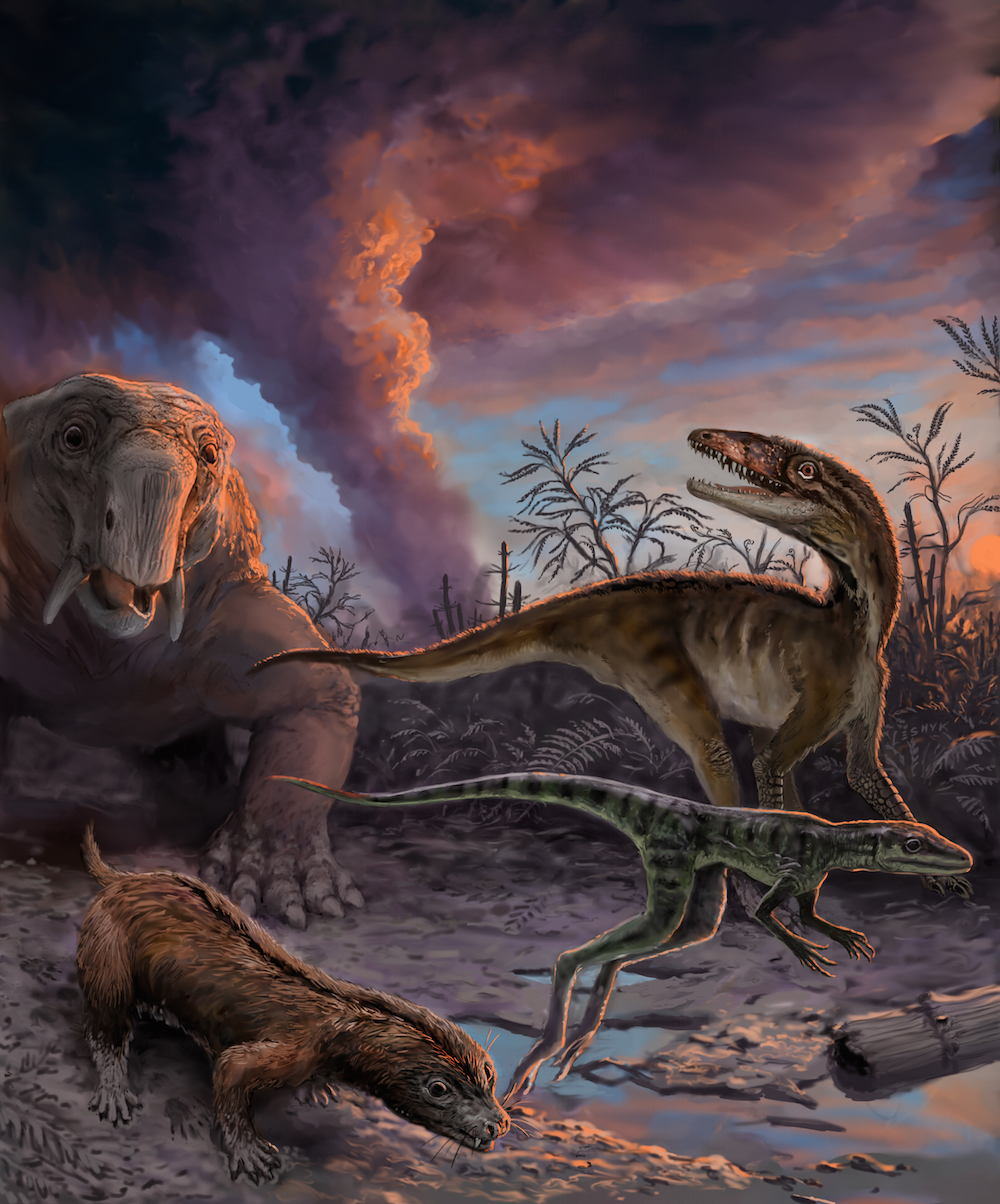
Ancient animals run away from an erupting volcano 235 million years ago in northwestern Argentina. These animals later ended up as fossils in the Chañares Formation. The site includes fossils of early mammal relatives Dinodontosaurus (left background) and Massetognathus (left foreground).
The early dinosauromorphs Lewisuchus (right background) and Lagerpeton (right foreground) are also pictured. (Image credit: Victor Leshyk)
Mountainous work
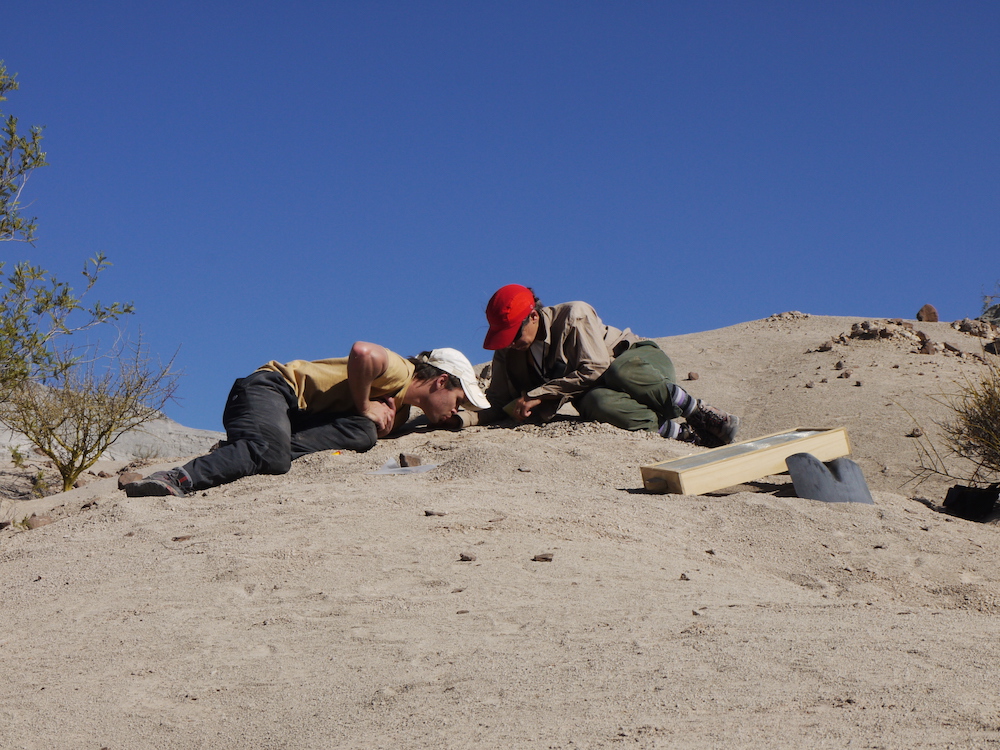
Study co-researcher Adriana Mancuso (right), with the Argentine Institute of Snow Research, Glaciology and Environmental Sciences, and Juan Martín Leardi (left), a paleobiologist at the University of Buenos Aires, excavate a skeleton of Massetognathus, an early mammal relative that was buried in the Chañares Formation. (Photo credit: Randall Irmis)
Surreal landscape
Get the world’s most fascinating discoveries delivered straight to your inbox.
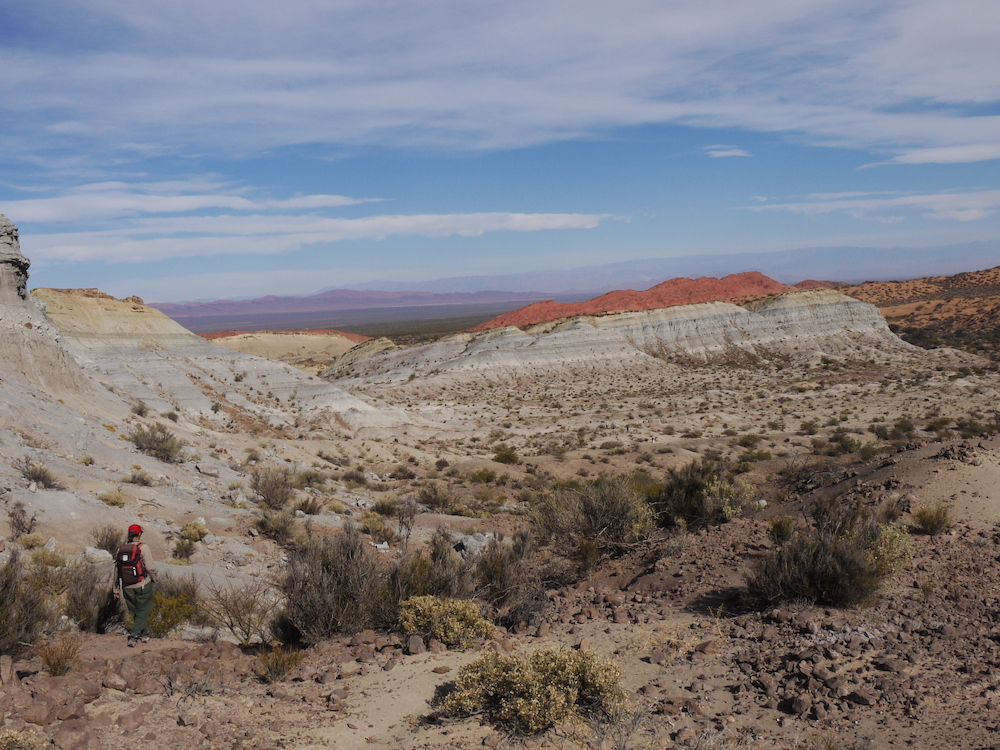
Study co-researcher Adriana Mancuso (far left) investigates the badlands of the Chañares Formation in northwestern Argentina. The researchers dated the layer containing dinosauromorphs to 236 million to 234 million years ago. (Photo credit: Randall Irmis)
Rocky work
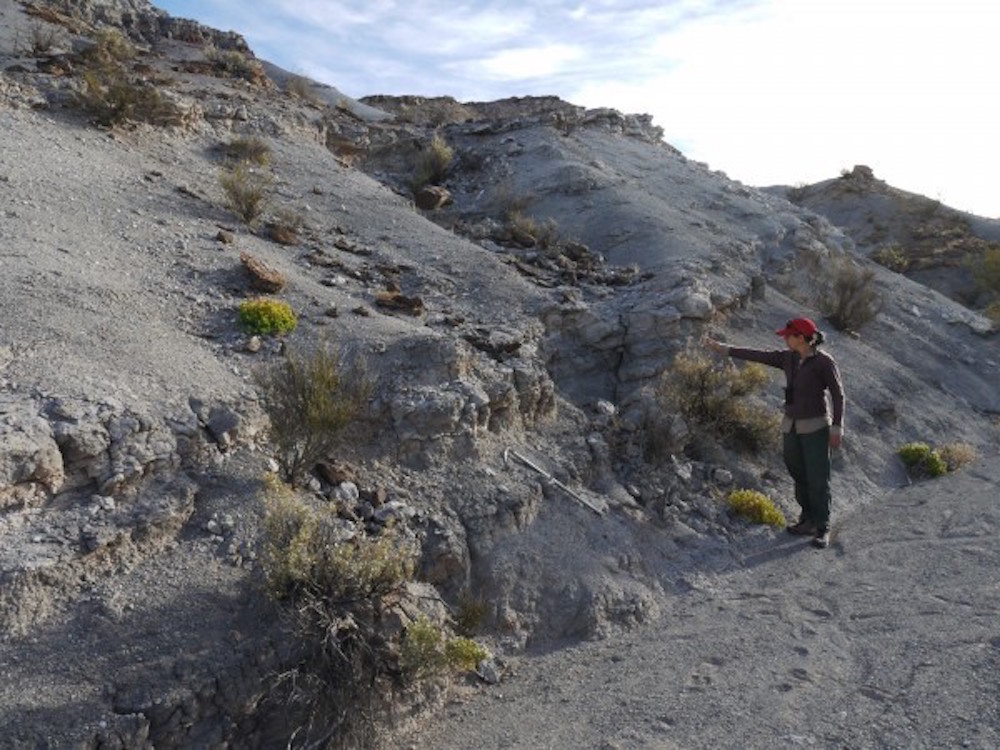
Adriana Mancuso points to a volcanic ash layer in the Chañares Formation that contained crystals of the mineral zircon, which allowed them to do radioisotopic dating. (Photo credit: Randall Irmis)
Volcanic ash
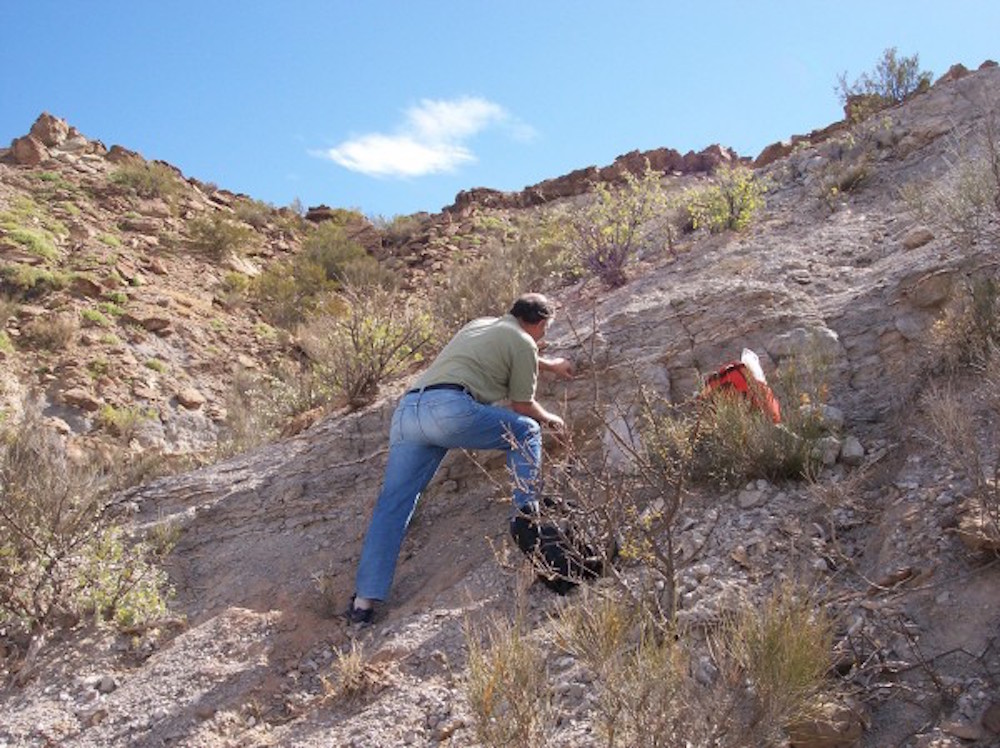
Study co-researcher Farid Chemale, a faculty member in the Institute of Geosciences at the University of Brasilia, samples a volcanic ash layer in the Chañares Formation for radioisotopic dating. (Photo credit: Adriana Mancuso)
Argentinian nightfall
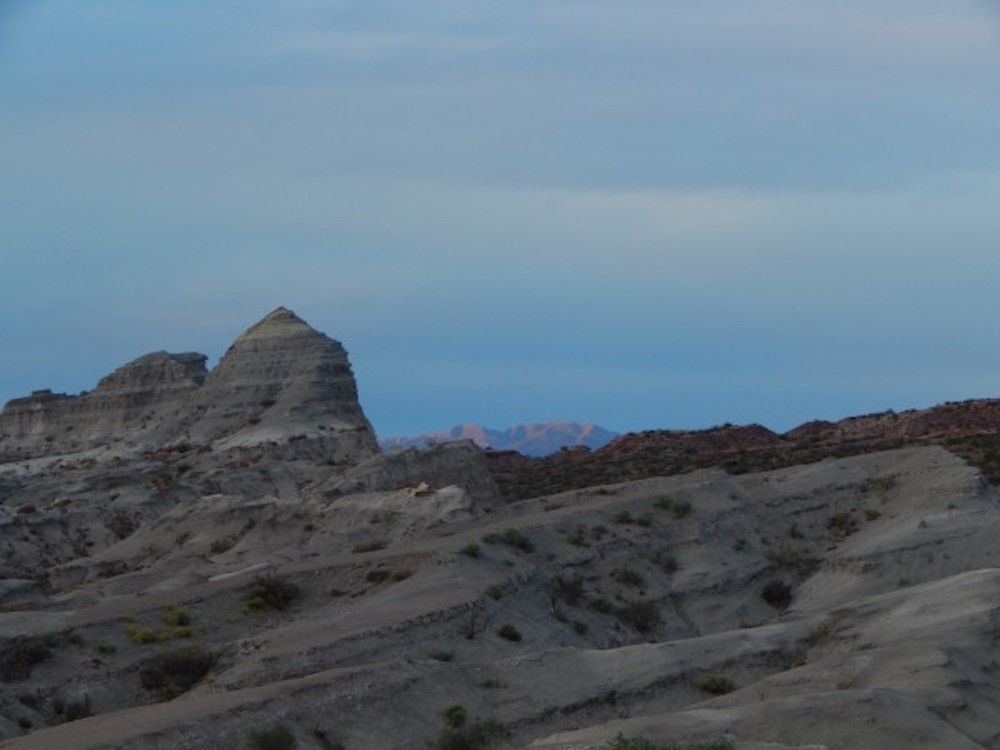
Dusk falls over the badlands of the Chañares Formation in Talampaya National Park in Argentina. (Photo credit: Adriana Mancuso)
Follow Laura Geggel on Twitter @LauraGeggel. Follow Live Science @livescience, Facebook & Google+.